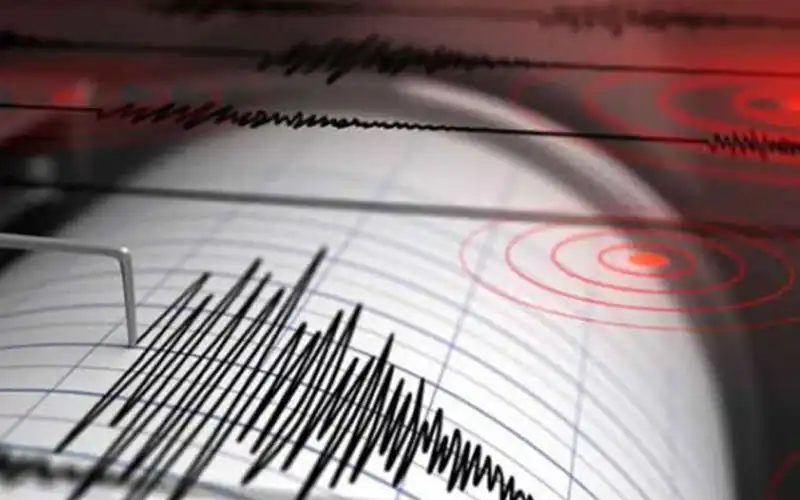Karachi Earthquakes Explained: Chief Meteorologist Attributes 7 Tremors to Landi Fault
Karachi Earthquakes left residents alarmed as seven tremors were recorded across different parts of the city within a short span of 24 hours. According to Chief Meteorologist Ameer Haider, the recent spike in seismic activity is being attributed to sudden movement along the Landi Fault, a lesser-known geological fault line located in the eastern outskirts of Karachi. The incident has sparked widespread public concern, although no serious damage or casualties have been reported so far.
🔍 What Caused the Karachi Earthquakes?
Meteorologist Ameer Haider revealed that the Karachi earthquakes were caused by sudden tectonic shifts along the Landi Fault. This fault had shown minimal activity over the past decades, making this series of tremors particularly unusual. Seismologists believe the movement was likely triggered by natural pressure accumulation within the Earth’s crust. This buildup often occurs silently over time and can lead to minor to moderate seismic events. The intensity of these tremors remained below 4.0 on the Richter scale, which explains the absence of widespread damage, yet the frequency has been enough to concern both experts and residents alike.
📍 Areas Affected by the Tremors
The tremors were reported across various neighborhoods, including Landhi, Malir, Korangi, and parts of Thana Bulla Khan on the outskirts of Karachi. While these areas experienced light to moderate shaking, most residents described the sensation as brief but alarming. In many places, people evacuated buildings and remained outdoors for safety. Fortunately, no major structural damage or injuries were reported, though minor cracks in older buildings and emotional distress among citizens were observed. Schools and offices remained open, but local authorities issued safety notices and helpline information.
🧠 Why These Earthquakes Are Unusual
Experts highlight that such a high frequency of tremors within 24 hours is extremely rare for Karachi. Historically, seismic activity in the region has been minimal due to its distance from Pakistan’s most active fault zones such as those near the Himalayan belt. However, the Kirthar mountain range, which lies to the north of Karachi, has geological features that could interact with faults like Landi. Chief Meteorologist Haider mentioned this is the first time in recent history that the Landi Fault has exhibited this level of seismic response, raising questions about potential micro-seismic reactivations or undocumented fault lines nearby.
⚠️ Are More Karachi Earthquakes Expected?
Though the Karachi earthquakes appear to be a short-term geological event, meteorological and geological agencies are keeping a close eye on the region. Experts suggest that while there’s no immediate threat of a large-scale earthquake, the occurrence of multiple tremors indicates the possibility of aftershocks or continued minor seismic activity over the next few days. The Pakistan Meteorological Department (PMD) and National Disaster Management Authority (NDMA) are working in coordination to update the public and conduct structural safety inspections in sensitive zones.
🛡️ Safety Measures for Karachi Earthquake Preparedness
In response to the earthquakes, local authorities have issued emergency preparedness guidelines. Residents are advised to:
Avoid using elevators during tremors.
Keep emergency kits with flashlights, bottled water, and basic medical supplies.
Stay away from windows and glass panels during a quake.
Secure heavy furniture and appliances to prevent tipping.
Have a family communication plan in case of future emergencies.
Community outreach programs are also being organized to educate citizens on earthquake drills and evacuation protocols. Schools have been asked to review their emergency plans and conduct mock drills in the coming weeks.
✅ Final Thoughts
The recent Karachi earthquakes serve as a wake-up call for urban planners and residents alike. While no major catastrophe occurred, the episode underscores the importance of seismic monitoring, infrastructure resilience, and public awareness in megacities like Karachi. As scientists continue to study the Landi Fault and its implications, residents are encouraged to stay informed and prepared.
Read More:
Top Workplaces Pakistan 2025: DPL IT Recognized Among World’s Most Loved Companies
Airblue UAE Pakistan Flights Increased for Eid ul Adha Travel Rush
















